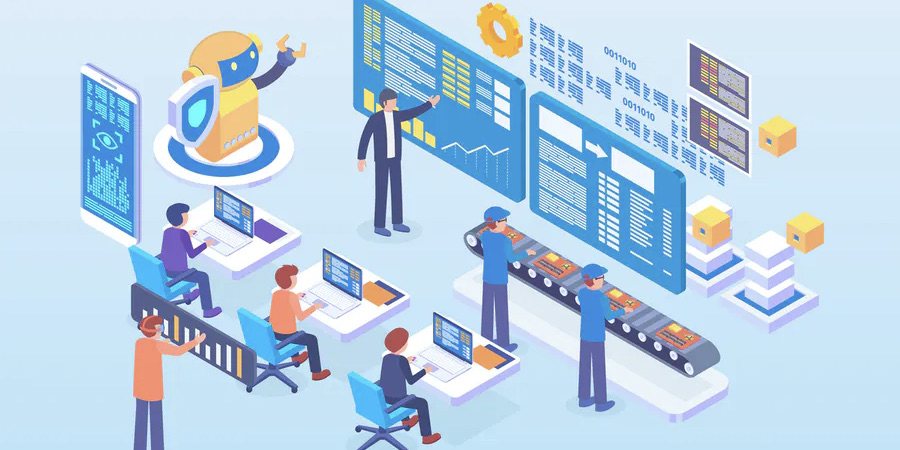Nowadays, HR strategists must notice and try to effectively leverage two major trends in Canada’s future workforce.
One trend is that with the leading edge of the Baby Boom generation at retirement age, there is considerable interest in how and when they will retire. For businesses in the retail industry, such as Wal-Mart and Canadian Tire, this phenomenon is even more apparent. Their groups of senior employees are getting bigger, putting additional pressure on the HR strategists responsible for their welfare and benefits. However, it is an opportunity for younger workers, namely Generation X and Generation Y, since they will rapidly be moving into leadership positions.
Nevertheless, living in a society and business environment that is no longer similar to earlier decades, young employees have values and experiences that differ from those of their seniors. In other words, Gen-Xers and Gen-Yers are not going to lead in the same way.
According to the Competing Values Framework (CVF), Baby Boomers are often red and blue thinkers – practical, rule-emphasized, efficient, competitive. In contrast, Gen-Xers and Millennials tend to be green and yellow thinkers – creative, flexible, slow-moving, group thinking.
To transition successfully, retailers need their younger workers to get ready for leadership roles. Mentorship programs, training sessions and open dialogues are crucial to this process.
By implementing mentorship programs, Young workers will obtain the same abilities that the older employees have. Gen-Xers will gain the Boomers’ knowledge and past experiences through open communication rather than through being told what to do. They will share values and strengthen their relationships as well.
Canada’s workforce is not only aging, but it is also becoming more ethnically diverse. This diversity gives rise to another growing trend, which is cultural diversity in the workplace.
Today’s workforce is made up of a very diverse population of individuals from every part of the world. It brings many benefits to organizations, such as creating dynamic and multicultural workplaces, bringing many differences in skills and adding abilities and experiences to organizations.
Businesses also gain more market shares under globalization and enhance their corporate images in terms of social responsibilities. On the other hand, it is also a good opportunity for young International students such as us.
Take me as an example. Working part-time as the International Marketing and Recruitment Assistant for the university, I need to answer many questions from different countries. I sometimes have to take advantage of my bilingual skills, too. But it is precisely because of the diversified market demands that I was considered for this role.
Diversity management is a relatively new area of practice, and it is lacking in many organizations. Because of this newness, creating the HR Diversity Scorecard is of great importance. With the support of this measurement, diversity management will be much easier within organizations and more beneficial to the future workforce.





